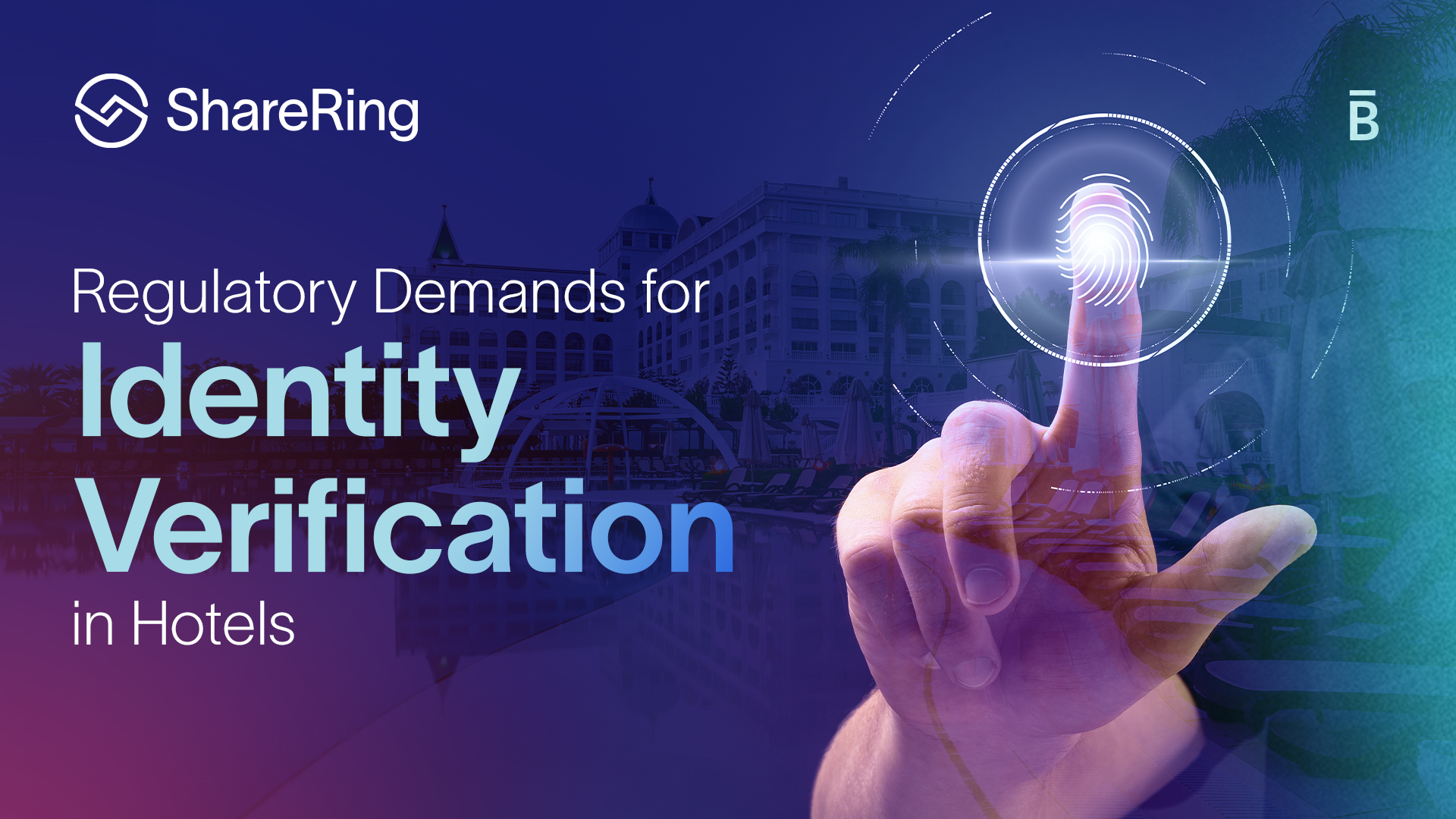Demystifying Digital Identity Accreditation
We're back with the final instalment of our introduction to ShareRing Business Solutions series! Last time, we unveiled our 3 categories of verification.
This time, we will jump straight into demystifying digital identity accreditation.

Digital identity accreditation is of utmost importance in today's world, and it has gained recognition from both the UK and Australian governments through the implementation of regulatory frameworks.
Let's explore these frameworks' critical aspects, similarities, differences, and future outlook for businesses in the digital identity services sector.
The UK and Australian governments implemented digital identity accreditation frameworks in 2020. These frameworks were established to address the growing need for standardized and secure digital identity verification processes.
With the increasing prevalence of digital transactions, ensuring personal information's reliability, security, and privacy has become paramount.
By introducing accreditation frameworks, governments aim to enhance trust, safeguard user data, and foster a seamless and secure digital ecosystem.
Similarities between UK and Australian Digital Identity Accreditation
Regarding similarities, the UK and Australian digital identity accreditation frameworks prioritize robust security measures. Service providers must adhere to stringent standards to protect users' sensitive information from unauthorized access and cyber threats.
Additionally, both frameworks emphasise privacy and data protection, ensuring that personal information is handled in compliance with relevant regulations.
Differences between UK and Australian Digital Identity Accreditation
However, there are notable differences between the two countries frameworks. In the UK, the government's Digital Identity Programme facilitates collaboration between public and private sector entities to build a trusted and interoperable digital identity ecosystem. The UK framework puts user-centricity at the forefront, empowering individuals with control over their digital identities and enabling seamless verification across various online services.
On the other hand, Australia's Trusted Digital Identity Framework (TDIF) emphasizes a federated model, where accredited identity providers work together to offer trusted digital identity services. The TDIF framework aims to enhance efficiency and user experience by enabling individuals to utilize their digital identities across multiple government and private sector services.
How things are looking ahead for businesses that provide digital identity services
Businesses operating in the digital identity services space can expect a promising future.
While technology advances and regulatory frameworks mature, the demand for digital identity services is expected to rise.
As digital transactions grow in popularity, businesses must prioritise protecting themselves from hackers and identity fraud. One effective way to do this is by implementing secure and dependable digital identity verification solutions, which can help ensure seamless customer onboarding, safe access to online services, and adherence to regulatory mandates.
We hope these articles have provided valuable insights into the world of ShareRing Business Solutions and how they can help businesses achieve their goals.
Stay tuned for more exciting developments from ShareRing as we innovate and lead the digital landscape.
Follow us on LinkedIn or Twitter for an update near you.
Revisiting Our Introduction to ShareRing Business Solutions
- What is ShareRing Business Solutions?
- What are Digital Identities? Part 1
- What are Digital Identities? Part 2
- What is Customer Verification?
- What are Age-Gated Experiences?
- Which Industries Should Leverage Digital Identity Solutions?
- What is the Vault?
- A Closer Look at Our Verification Technology: Understanding the 3 Categories














.png)
